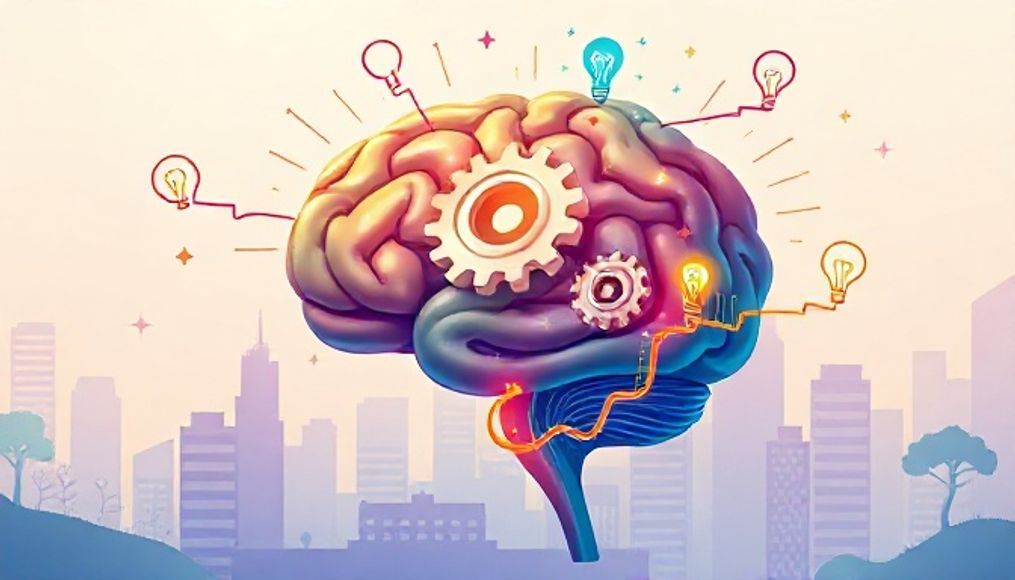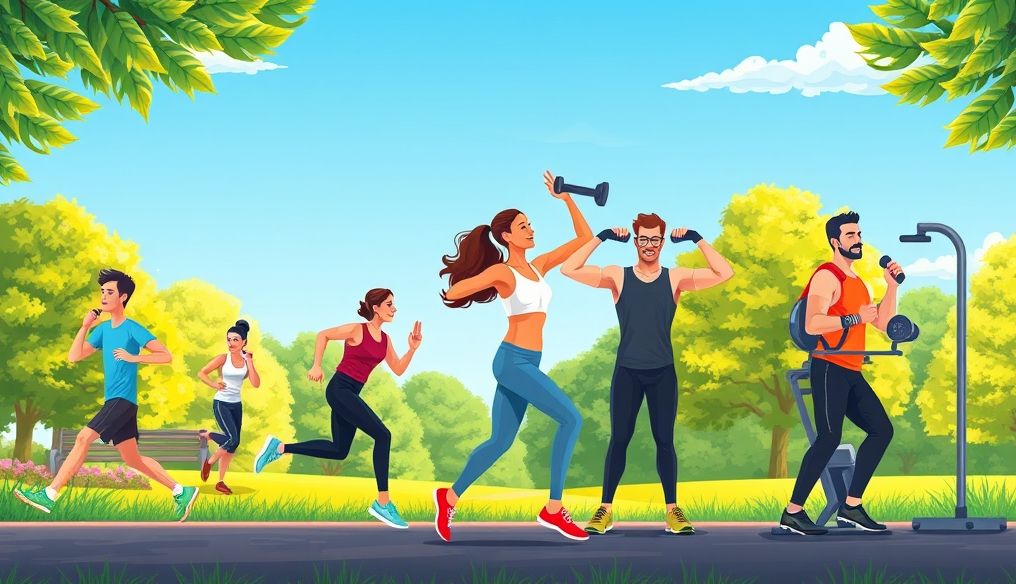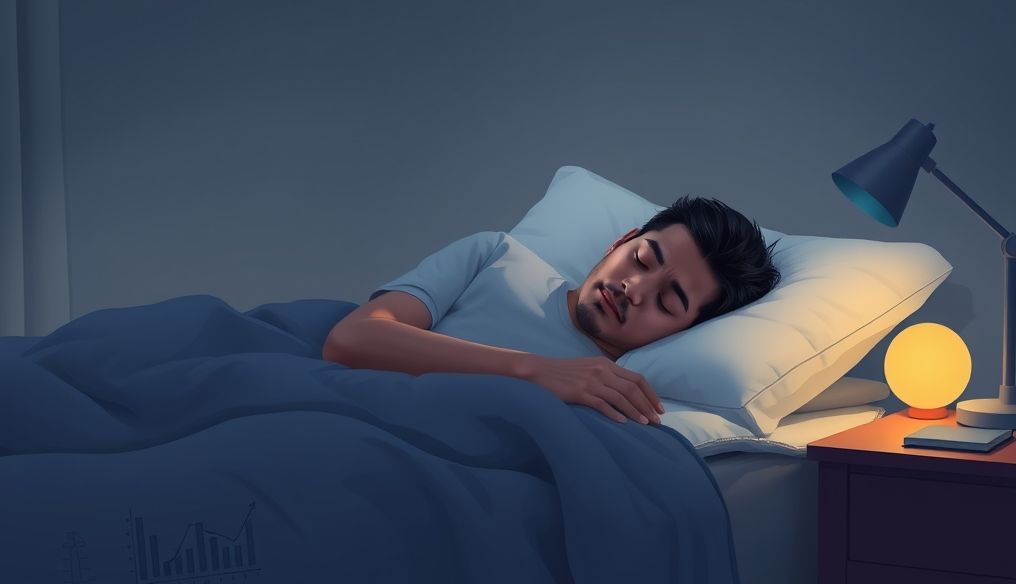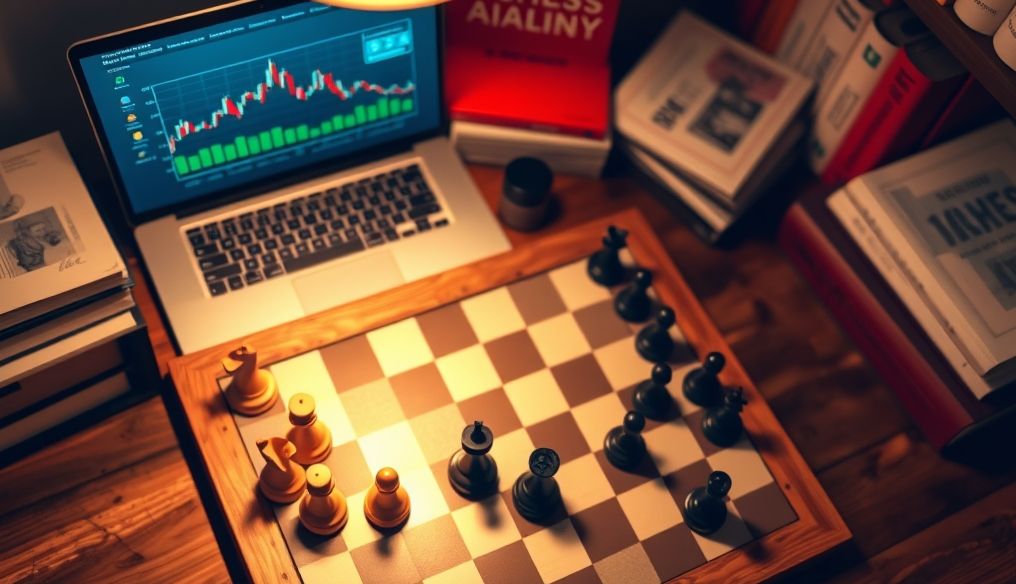Introduction: Why is Creativity Important in Problem Solving?
In today's rapidly changing world, relying on traditional solutions is no longer sufficient to face complex challenges. Creativity in problem solving allows us to think differently, discover new opportunities, and come up with innovative and unexpected solutions. Whether you are an entrepreneur, a student, an employee, or even a homemaker, the ability to solve problems creatively is a valuable skill that helps you succeed in various aspects of your life.
Chapter 1: Understanding the Nature of Creativity
What is Creativity? Creativity is not just an innate talent, but a skill that can be developed and enhanced. Creativity is the ability to generate new and innovative ideas, connect existing ideas in unconventional ways, and find unique solutions to problems.
Components of Creativity:
- Fluency: The ability to generate a large number of ideas.
- Flexibility: The ability to change perspectives and think in different directions.
- Originality: The ability to generate unique and unfamiliar ideas.
- Elaboration: The ability to add detailed and innovative details to ideas.
Factors Influencing Creativity:
- Knowledge: A broad knowledge base helps to connect ideas and information in new ways.
- Imagination: The ability to imagine things that do not exist and explore possibilities.
- Motivation: The internal desire to solve problems and find innovative solutions.
- Environment: A supportive and encouraging environment for creativity, free from fear of failure.
Chapter 2: Preparing the Mind for Creativity
Eliminating Mental Constraints: We often place limitations on ourselves without realizing it, such as fear of failure or the belief that we are not creative. Eliminating these constraints is the first step towards unleashing your creativity.
Practicing Mindfulness: Mindfulness helps to focus on the present moment and reduce stress, allowing the mind to be more open to new ideas.
Changing Routine: Breaking out of the daily routine helps stimulate the mind and generate new ideas. Try new ways to get to work, eat at a different restaurant, or learn a new skill.
Exposure to New Things: Reading books, watching movies, visiting museums, and traveling to new places are all great ways to expose your mind to different ideas and cultures, which stimulates creativity.
Chapter 3: Techniques for Generating Creative Ideas
Brainstorming: A simple and effective technique for generating a large number of ideas in a short time. The basic rule is not to judge ideas at first, but to focus on generating as many as possible.
Mind Mapping: A visual tool that helps organize ideas and connect them to each other. Start with a main idea in the center, then branch out with sub-ideas, and so on.
SCAMPER Technique: A checklist that helps improve existing ideas by asking questions about:
- Substitute
- Combine
- Adapt
- Modify
- Put to other uses
- Eliminate
- Reverse
Lateral Thinking: A thinking style that focuses on finding unconventional solutions to problems by looking at them from different angles.
Chapter 4: Developing Creative Problem-Solving Skills
Clearly Define the Problem: Before you start looking for solutions, make sure you understand the problem well. Ask questions like: What exactly is the problem? What are its causes? What are the consequences?
Analyze the Problem: Break the problem down into smaller parts and try to understand each part separately. Use tools such as SWOT analysis (Strengths, Weaknesses, Opportunities, Threats) or root cause analysis.
Evaluate Solutions: After generating a number of potential solutions, evaluate them based on specific criteria, such as feasibility, cost, and effectiveness.
Implement the Solution: After choosing the most appropriate solution, implement it carefully and monitor the results. Be prepared to adjust the solution if necessary.
Chapter 5: Games and Exercises to Enhance Creativity
Puzzles and Riddles: Help stimulate the mind and develop problem-solving skills.
Video Games: Some video games require strategic and creative thinking to solve problems.
Creative Writing Exercises: Writing stories and poetry helps develop imagination and express ideas in new ways.
Drawing and Coloring Exercises: Helps stimulate the right side of the brain responsible for creativity.
Chapter 6: Integrating Creativity into Daily Life
Dedicate Time to Creativity: Set aside specific time in your daily schedule to practice creative activities.
Look for Inspiration Everywhere: Be open to new ideas and inspiration that can come from anywhere.
Don't Be Afraid to Fail: Failure is a natural part of the creative process. Learn from your mistakes and keep trying.
Share Your Ideas with Others: Exchanging ideas with others can help you develop and improve them.
Chapter 7: Inspiring Stories of Creative Problem Solving
Example 1: How Netflix created a new model for distributing movies and series, and overcame traditional video rental companies.
Example 2: How NASA used creativity to solve the problem of a power outage on the International Space Station.
Example 3: How a group of engineers managed to design an innovative suspension bridge using recycled materials.
Chapter 8: Practical Tips for Developing Creativity in the Long Term
Keep Learning: Read books, attend training courses, and learn new skills constantly.
Build a Wide Network of Relationships: Connect with people from different backgrounds and exchange ideas with them.
Stay Curious: Ask questions, explore new things, and never stop searching for knowledge.
Take Care of Your Health: Good sleep, healthy eating, and exercise are all important for brain health and creativity.
Conclusion: Creativity is an essential skill that can be developed through practice and training. By following the tips and techniques mentioned in this article, you can unleash your creativity and solve problems in innovative and effective ways.




